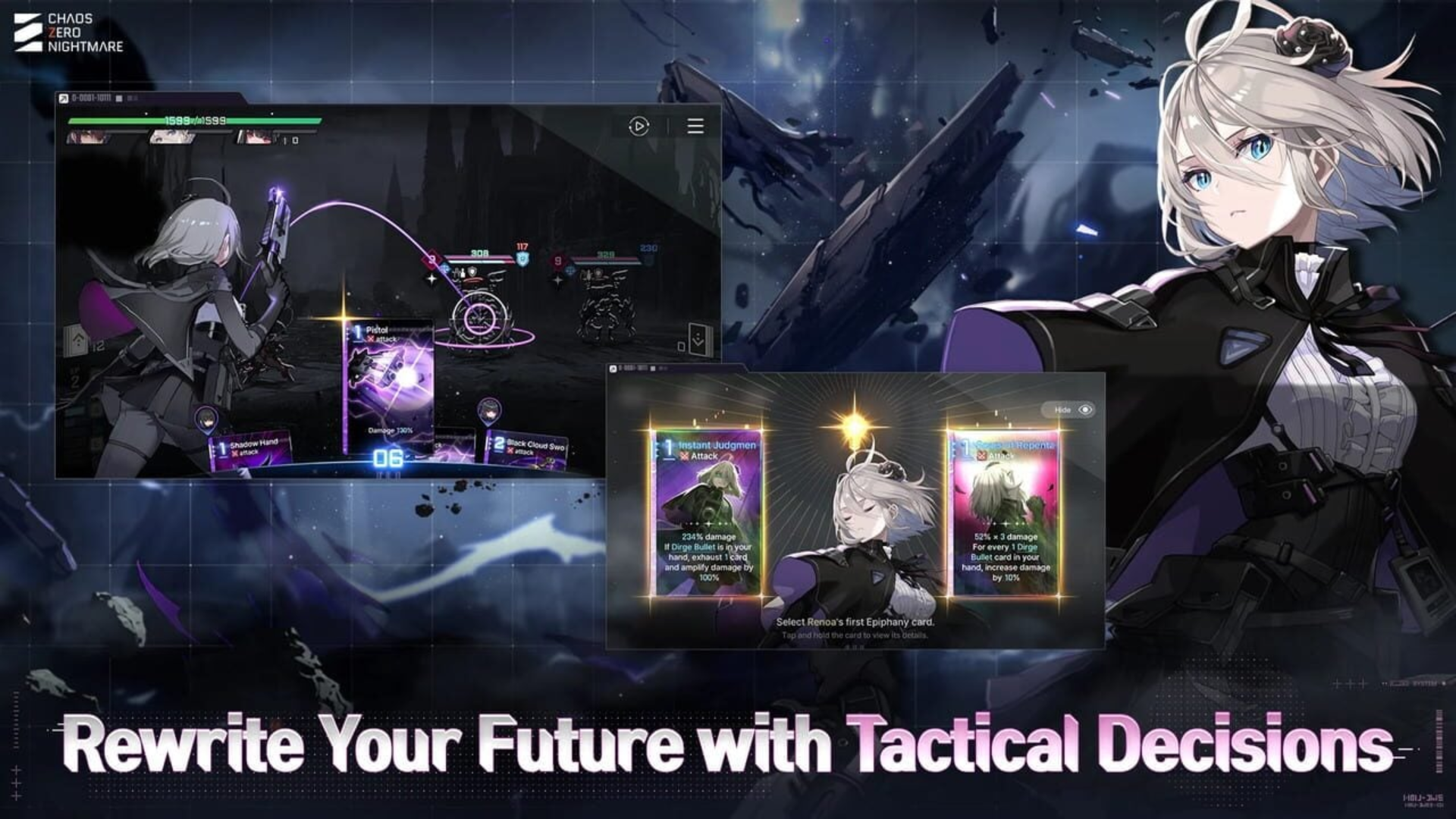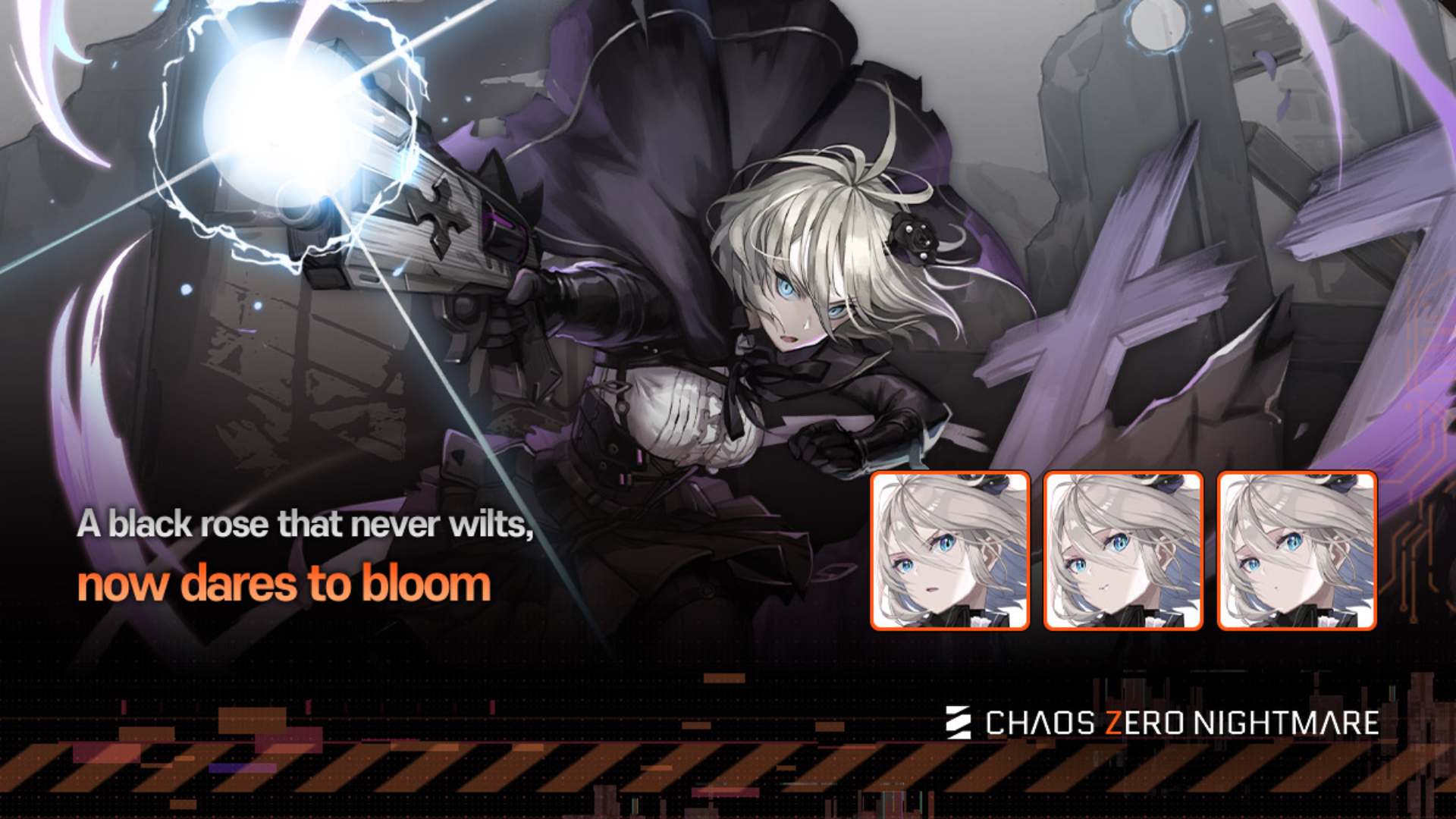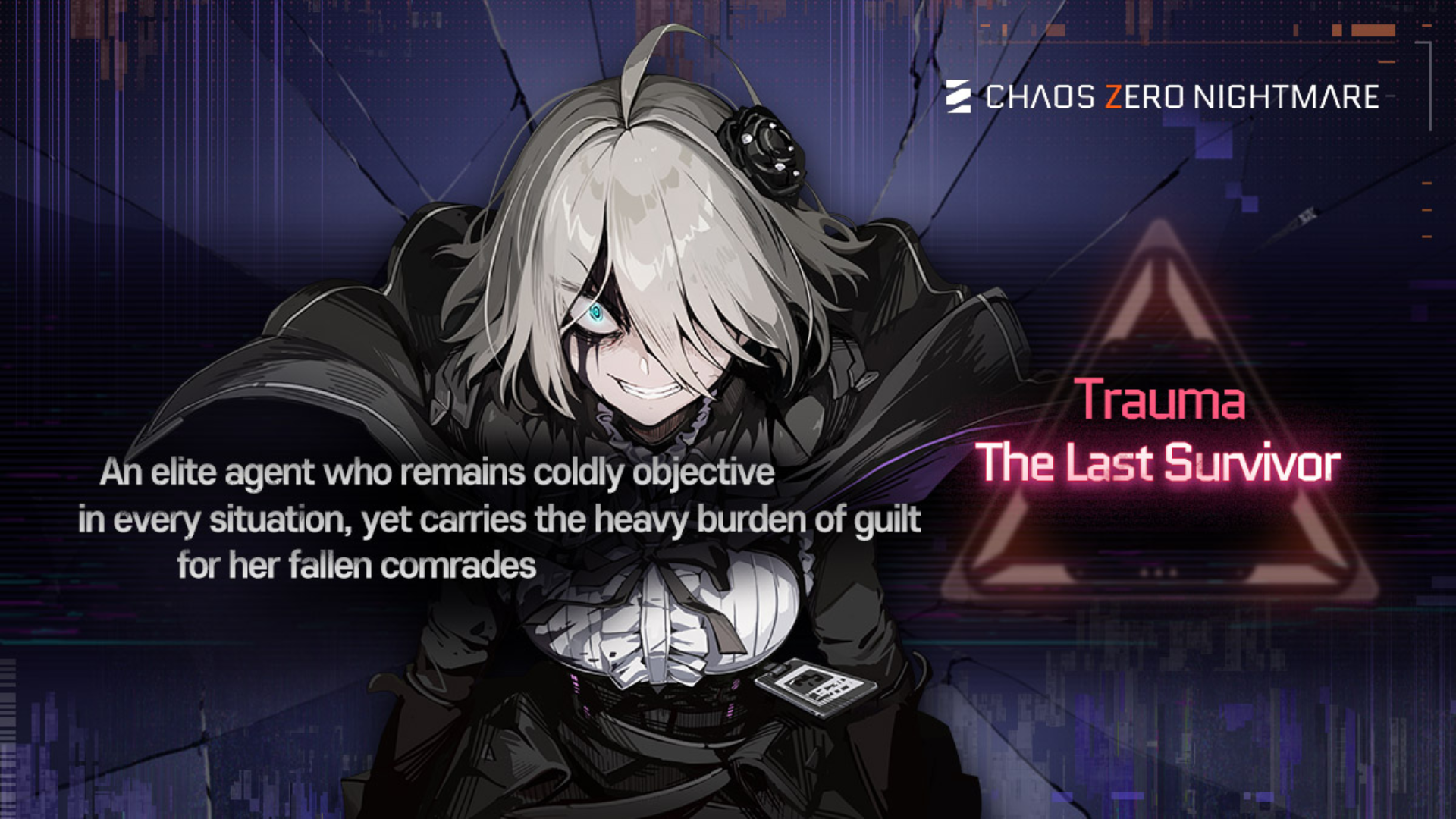Chaos Zero Nightmare vs. Slay the Spire: Deck-builder comparison and crossover appeal
Chaos Zero Nightmare (CZN) draws direct inspiration from Slay the Spire (StS), adapting its beloved deck-building and roguelike flow for a new audience through unique characters, party synergy, and stress mechanics. Here’s a detailed comparison and why fans of both games might love the crossover.
Core Deck-Builder Systems
| Feature | Chaos Zero Nightmare | Slay the Spire |
|---|---|---|
| Team Composition | 3 agents, each with unique starter cards | 1 hero (Ironclad, Silent, etc.) |
| Card Draw | 5 cards/turn, from all agents | 5 cards/turn, from hero deck |
| Action Points (AP/Energy) | 3 AP/turn; spent to play cards | 3 energy/turn; spent on cards |
| Card Evolution | “Epiphany” upgrades unlock during runs | 1-card upgrades via campfires |
| Deck Thinning | Only at select campfires; limited shops | Shops always available for thinning |
| Status Effects | Stress system, breakdown, restrictions | Weak, Vulnerable, Frail, etc. |
| Events/Map | Roguelike nodes with random events | Roguelike nodes, elite/boss rooms |
| Gacha Integration | Agents/cards are unlocked via gacha | Fully progression-based unlocks |
CZN retains the signature “draw 5, play with energy” turn loop, but extends this by combining three agents’ decks and letting their unique skills, ultimates, and synergies interact each run.
What’s New in CZN’s Roguelike Formula
- Epiphany Mechanic: Cards can be evolved or “awakened” into unique agent skills during a run, not just at campfire upgrades. This offers far greater card diversity and mid-run changes, compared to StS’s static deck adjustments.
- Mental Stress/Breakdown: Taking damage or encountering chaos events adds stress. At maximum, agents lose HP, all their cards become unusable, and must recover by playing special stress cards, a nod to Darkest Dungeon’s system and a contrast to StS’s simpler debuff model.
- Party Synergy: Party combos matter. A healer, tank, and DPS all contribute unique cards to the run and benefit from simultaneous buffs or status effects. StS, in contrast, is purely solo-play.
- Gacha System: CZN’s deck options depend on agents and pulls, so meta progression may require collection outside the roguelike run, unlike StS’s full access from the start.
Where CZN Borrows Directly
- The overall map structure, node types, “elite” rooms, and random event encounters closely mirror StS, making it instantly familiar for players.
- Card play timing and discard/draw mechanics are nearly identical, even the shuffle system prevents most infinite combos like StS.
- Boss rooms conclude each run, and success unlocks meta progression features, a core StS trait adapted for gacha fans.
Crossover Appeal
CZN is best for:
- StS veterans who want to apply deck theory in a team format, with broader character variety.
- Gacha/RPG fans curious to explore deep strategy beyond stat-based progression.
- Those who appreciate both roguelike unpredictability and tactical planning.
Players warn that while CZN is a superb spiritual successor in deck mechanics and roguelike challenge, the gacha system may limit long-term deck freedom compared to StS’s “pure” roguelike runs.
Useful Links for Deeper Insight
- Deckbuilder review and comparison
- Beta gameplay breakdown (Prydwen)
- Complete Gameplay Guide (LDShop)
- Destructoid: StS-inspired gacha analysis
- Ultimategacha: Beta reception
In short, Chaos Zero Nightmare modernizes Slay the Spire’s formula for crossover appeal, trading pure deck freedom for deep party synergy and new tension mechanics.



